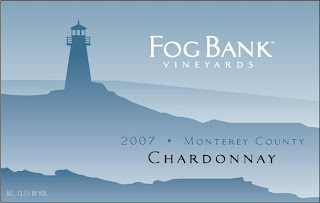TTAB Reverses Refusal to Register Lacquered Pet Food Container Design, Finding it Inherently Distinctive
Applying the Seabrook test, the Board reversed a refusal to register the product packaging shown below, for "pet food," finding it to be inherently distinctive. The Examining Attorney, relying on several round pet food containers on the market, asserted that the configuration is "a common basic shape or design for pet food packaging," but the Board was not persuaded. In re Mars, Incorporated, Serial No. 77727119 (May 16, 2011) [not precedential].

Applicant's packaging design "consists of a round bowl-shaped, inverted and lacquered pet food container. The top of the container has a center circle with a wider larger lip at the bottom with various placement lines representing a lacquered finish. The inverted nature of the container and the lacquered finish are claimed as features of the mark."

Under Seabrook Foods, Inc. v. Bar-Well Foods Limited, 568 F.2d 1342, 196 USPQ 289, 291 (CCPA 1977), the Board considers the following factors in determining whether a design is (inherently) arbitrary or distinctive:
1. Whether the subject matter sought to be registered is a “common” basic shape or design;
2. Whether the subject matter sought to be registered is unique or unusual in a particular field;
3. Whether the subject matter sought to be registered is a mere refinement of a commonly-adopted and well-known form of ornamentation for a particular class of goods viewed by the public as a dress or ornamentation for the goods; or
4. Whether the subject matter sought to be registered is capable of creating a commercial impression distinct from the accompanying words.
The Board observed that the Examining Attorney "placed too much attention on the round bowl shape to the exclusion of the other elements of the proposed mark, particularly the inverted nature and lacquered finish."
the subject matter sought to be registered is more than just a round shaped bowl with minor refinements. The proposed mark engenders the commercial impression of a serving platter and cover holding a gourmet meal for a pet.
The Board concluded that the PTO's evidence fell short of establishing a prima facie case that Applicant's packaging configuration is not inherently distinctive.
TTABlog comment: Applicant already owns a registration for the packaging design shown below, which registration issued without a showing of 2(f) acquired distinctiveness. Curiously, however, that registration played no role in this decision. Why didn't Applicant rely on it as at least some proof of the inherent distinctiveness of the subject design?

Text Copyright John L. Welch 2011.










































